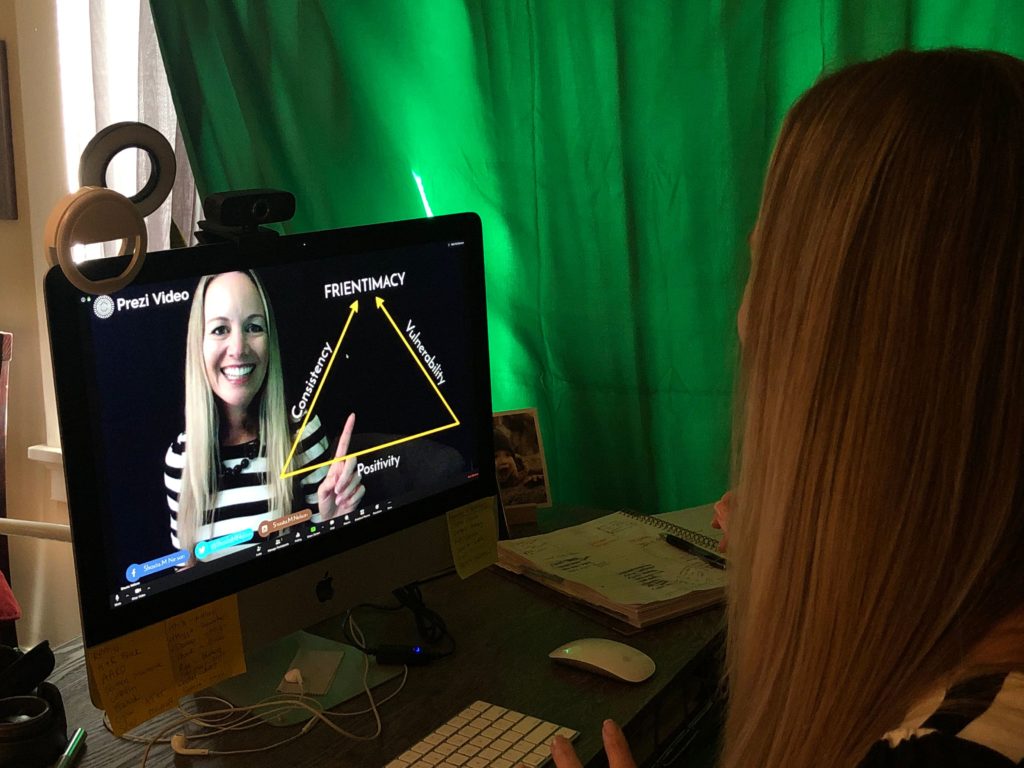There are many aspects of gathering in person that we all miss in the meetings and events industry. The fun destination cities and venues. The feeling of appreciation when your company sends you on a trip. The feeling of excitement as you look forward to that one time a year you can connect with friends and colleagues at an annual event. The way our speakers connect with audiences before and after their presentations. The feeling when you see the audience respond to the energy in the room.
Live, in-person events will come back. We will meet again. (Ok, we might not have big buffet dinners, but we’ll meet again. Hang in there, friends.)
In the meantime, as we all navigate this new way of interacting, there are surprisingly a few things that seem – dare we say – better in virtual presentations.
After delivering a virtual keynote recently to an audience of IT executives, here’s what our speaker Shasta Nelson said she likes best about speaking virtually:
1. Polls: Virtually, you can conduct polls faster and ask more honest (anonymous) questions than you can with a live audience. Virtual polls allow you to collect real-time data and serve as a way for audiences to feel engaged.
2. Virtual Breakout Rooms: If you’ve ever asked a live audience to break into groups for a discussion, you know what it’s like to wrangle everyone back together once their five minutes are up. It’s much easier to bring virtual participants back from breakout groups quietly. A fun feature of several virtual platforms, speakers can simply close their breakout rooms and mute everyone when it’s time to regroup.
3. Chat: Watching the chat allows the speaker or leader to experience what people are thinking in real time, without them interrupting the presentation.
4. Availability: Last week alone, Shasta did four presentations in four days for audiences in Portland, Oregon; San Francisco, California; Frisco, Texas; and Washington D.C. … without boarding an airplane. Many of our speakers are doing more than one virtual program a day, which would have never been possible to do in-person.
5. Freedom: With virtual programs, audience members can choose where they sit, whether they want their cameras on or off, and what they want to wear. (You can also eat loads of garlic and onions, and no one will care!)
In her new virtual program, Apart, But Not Alone, our resident expert on healthy relationships teaches leaders and employees how to feel supported and connected while working virtually — facilitating meaningful interactions that increase resiliency, hope, and compassion. Just because you might have to work apart, doesn’t mean you have to feel alone.
To learn more about Shasta and all of our virtual programs, connect with us HERE.







